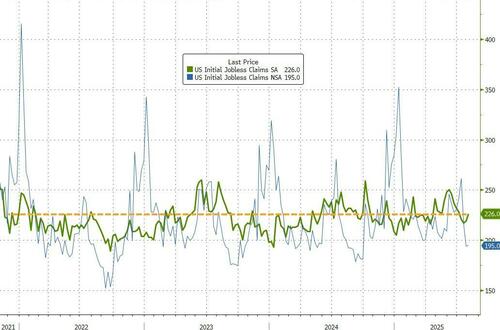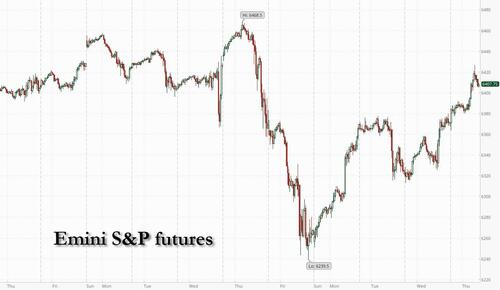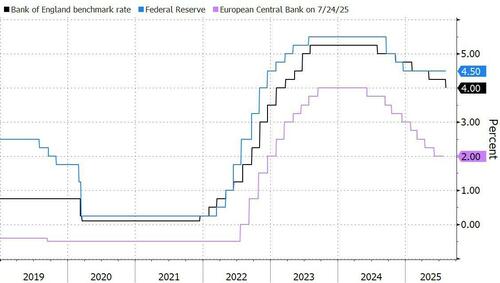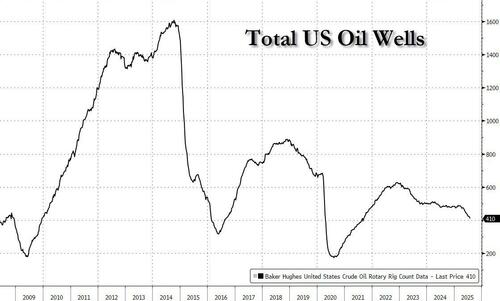Shale Giant Diamondback Slashes CapEx Again Ahead Of Crude Supply Flood
Three months ago, then-CEO of Diamondback Travis Stice made waves when he declared that US shale-oil production had peaked, a forecast that shook the industry. It was also accurate (for now): since then, domestic crude drilling activity has dropped by 12% to the lowest in almost four years.
The CEO also took the rational and prudent step of slashing the Permian shale giant’s capex spending amid the ever growing OPEC+ price war, instead of engaging in a race to the bottom.
Fast forward to today when the largest independent Permian Basin oil driller is now warning of a bearish influx of crude supplies to global markets in coming months.
In preparation, Diamondback Energy is cutting even more capex – $100 million to be precise – narrowing its output forecast and delaying some fracking work. The moves announced Monday by the company’s new CEO Kaes Van’t Hof are, like three months ago, defensive in nature and aimed at avoiding the trap of boosting production when there’s a risk of weaker prices in a well-supplied market.
In a letter to shareholders, Van’t Hof never mentioned the OPEC+ alliance. He didn’t need to: the cartel has been hammering oil markets with a series of supply increases despite bleak demand signals that combined to sent US crude down 17% since mid-January.
“The projected increase in global oil supply in the second half of this year is hard to ignore,” the CEO wrote. “Therefore, we have set up our business for the rest of 2025 to hold oil volumes flat while cutting spending.”
Diamondback also reported weaker profit in the second quarter of 2025, despite growing revenue and increasing production during the period.
The Midland, Texas-based oil and gas company said net income attributable to the company fell 16% to $699 million in the second quarter ended June 30, down from $837 million a year earlier. Yet total revenue increased 48% to $3.68 billion from $2.48 billion, and production surged with daily combined volumes growing 94% to 919,879 barrels of oil equivalent per day, up from 474,670. The problem is that total costs and expenses also spike, rising 91% to $2.54 billion from $1.33 billion.
Tyler Durden
Wed, 08/06/2025 – 13:45













